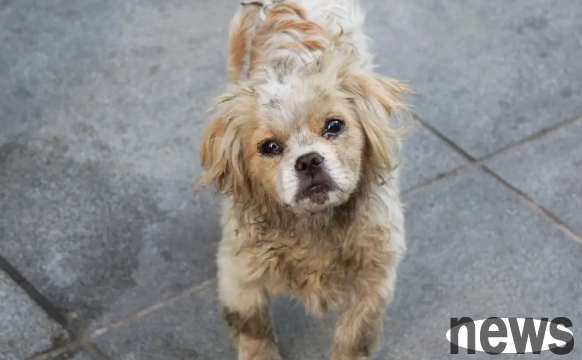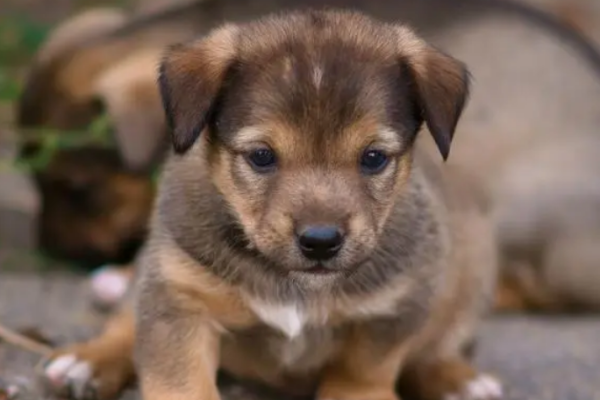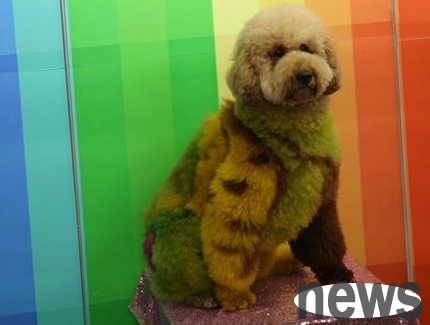What happens if a cat is deficient in vitamin C? Vitamin C and cats are healthy!
Vitamin C is a common name for ascorbic acid-based biologically active compound, a water-soluble vitamin that is rich in fruits and vegetables. It is a vitamin nutrition that cats cannot lack, which can maintain normal structure between cells and promote wound healing. It plays a regulatory role in redox metabolic responses, and lack of it can cause scurvy.
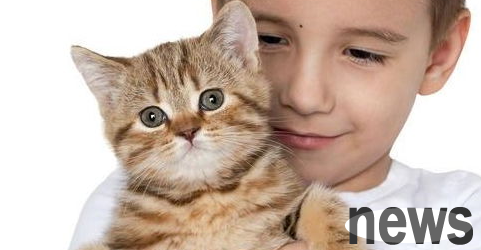
Vitamin C is the most effective water-soluble antioxidant in extracellular fluid. It has anti-lipid peroxidation effects both inside and outside the cells. It is different from the defenses of the free radical scavengers SOD and GSH-PX in the cells. Vitamin C has stronger antioxidant effects than other plasma components such as bilirubin and α-tocopherol. It blocks the ongoing lipid peroxidation reaction in the plasma, so as to protect the biofilm from damage from lipid peroxidation. It is the first line of defense for the extracellular fluid antioxidant defense system.
Vitamin C also plays an antioxidant role in the normal operation of redox chains in the body, thereby protecting red blood cells and scavenging oxygen free radicals in tissues. Vitamin C also exerts antioxidant effects by scavenging free radicals in intact hepatocytes and inhibiting lipid peroxidation, protecting liver function. In addition to directly exerting the function of scavenging free radicals, vitamin C can also help vitamin E and glutathione to scavenge free radicals.
1. The clinical symptoms of vitamin C deficiency are initially manifested as depression, decreased appetite, and slow growth and development of young pets. If not treated in time, characteristic hemorrhagic symptoms will occur, such as swelling, pain, bleeding of the gingival mucosa, which will lead to ulcers, and ulcers or necrosis will occur on the cheeks and tongue. Necrosis of the teeth or atrophy of the alveolar causes the teeth to loosen, even fall off, cause a lot of salivation and bad breath. The joints are swollen, painful, difficult to move, and you like to lie down. Subcutaneous pepsy, keratosis of hair follicles, bleeding from gastrointestinal, kidney, bladder, nasal mucosa, etc.
2. Causes of vitamin C deficiency
After the birth of young pets, vitamin C cannot be synthesized for a certain period of time, and must be obtained from breast milk. If the vitamin C content in breast milk is insufficient or lacking, it is easy to cause disease; in gastrointestinal diseases or liver diseases, vitamin C absorption, utilization, and synthesis disorders; pneumonia, chronic infectious diseases or poisoning diseases cause large amounts of vitamin C in the body, causing relative deficiency and can also cause disease; in the process of chronic diseases and stress, vitamin C consumption is relatively increased, and relative deficiency may occur; in addition, because vitamin C is easy to oxidize, vitamin C oxidizes severely during the feed processing process, resulting in a lack of vitamin C. Therefore, long-term feeding of vitamin C is also one of the causes of deficiency.
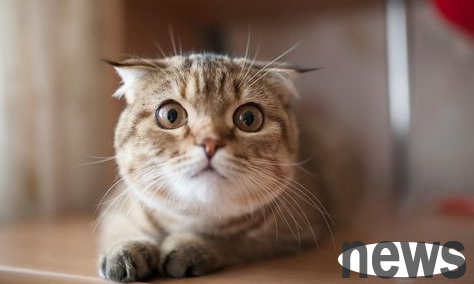
3. Prevention and control of vitamin C deficiency, improve feeding management, and provide fresh feed rich in vitamin C. When designing and supplementing the daily vitamin nutritional needs of pet cats, the actual amount of various vitamins should be considered comprehensively to ensure that pet cats obtain sufficient and reasonable nutritional needs. Long-term use of feed with too low or too high vitamin content, especially feed with too low or too high fat-soluble vitamin content, may cause adverse reactions to pet growth and development or maintaining normal metabolism.
Although some fruits and vegetables are rich in vitamin C, these foods are poor in palatability for cats. The method to supplement vitamin C is to add vitamin C tablets to cat food. However, some parents report that cats do not like to eat vegetables, and cats do not like to eat certain types of vegetables because cats do not like the special taste of certain vegetables or because vegetables contain more crude fiber, which is difficult to chew, difficult to swallow, and cats’ habit of picky eating.

